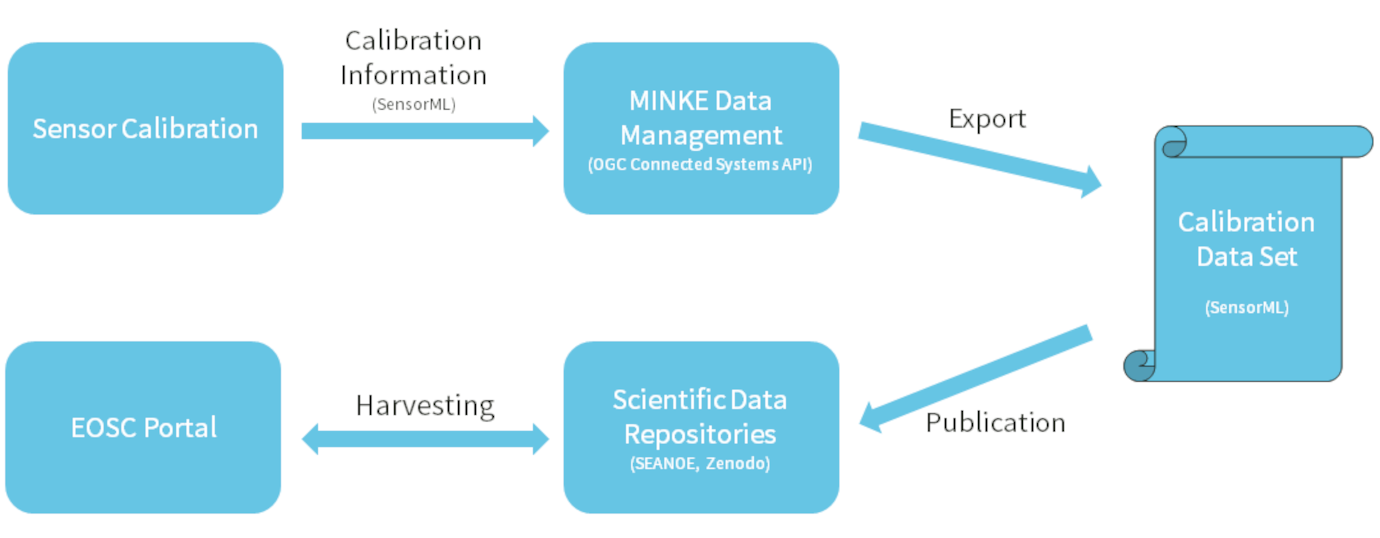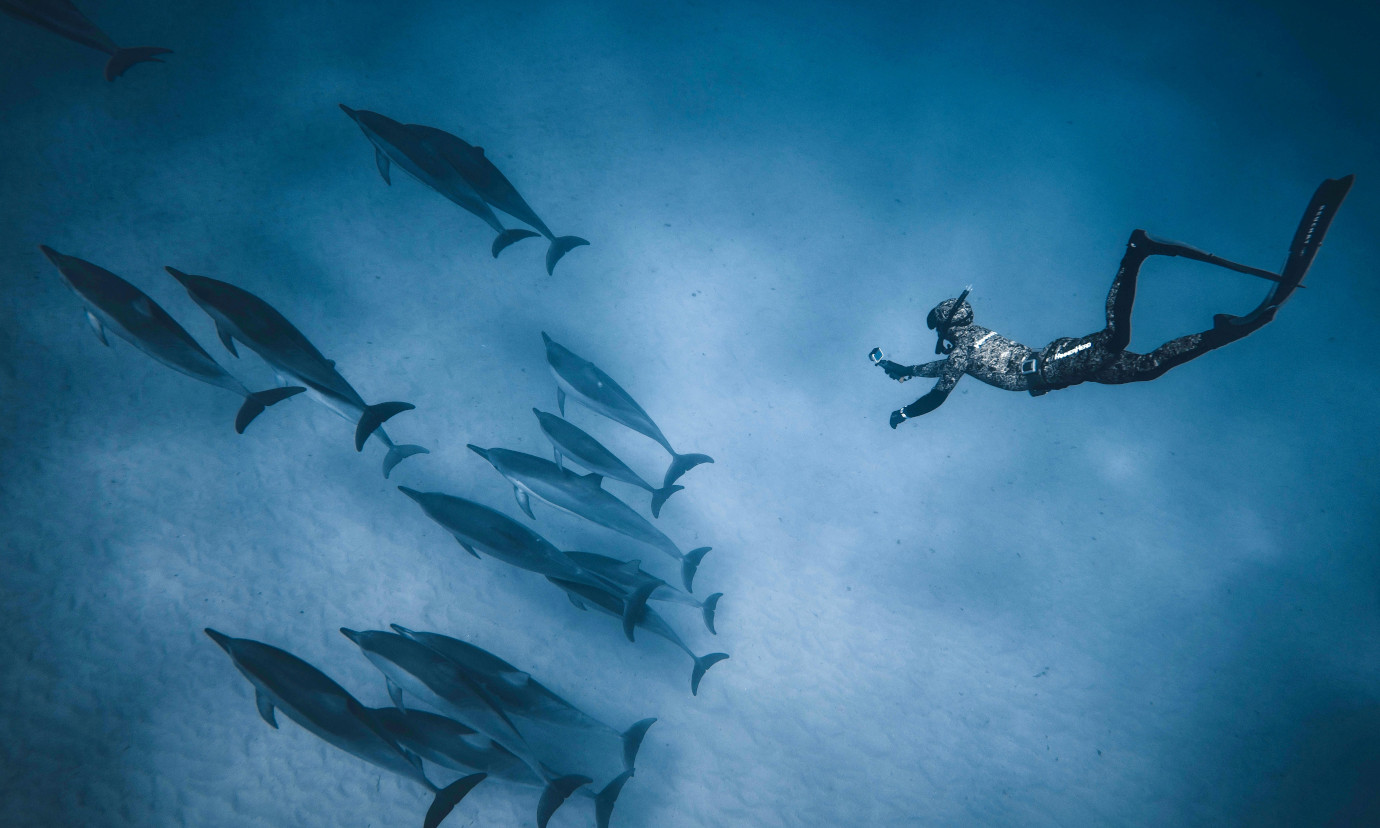Metrology for Integrated Marine Management and Knowledge Transfer Network
MINKE enables scientists to have a better understanding of measurement data and to combine data of different quality levels.
The H2020 project MINKE integrates key European marine metrology research infrastructures to propose an innovative “oceanographic data quality” framework for European stakeholders monitoring and managing marine ecosystems. MINKE proposes a new vision for the design of marine monitoring networks. It considers accuracy and completeness as the driving components of quality in data acquisition. This new vision is framed in a helix model of innovation that incorporates all the elements involved in the monitoring network design:
- Context (ocean health): identifying the Essential Ocean Variables (EOVs) as the key parameters to monitor
- Civil society (NGOs, maker communities, social media and Citizen Science platforms): key actors to ensure data integrity
- Academia: researching new methods to ensure the accuracy and the global quality of the final products, developing tools to integrate information from high quality oceanographic instruments and low-cost instrumentation
- Industry: improving the performance of the observations with new instrumentation, data transmission systems and cost-effective technologies
- Governments: providing the legal and socio-economic framework for the development of the proposed network
52°North co-leads a dedicated work package on data harmonization. The core topics of this work package include the evaluation of interoperability standards, the investigation of integration options for the European Open Science Cloud (EOSC), the handling of uncertainty information, as well as the connection to data aggregation platforms such as EMODNET.
We have developed best practices for publishing MINKE metadata and datasets in the European Open Science Cloud using platforms such as Zenodo and Seanoe.

Our team is also involved in the specification process of the OGC API – Connected Systems in the corresponding OGC Standards Working Group. In addition to a new iteration of the Sensor Web Enablement Common (SWECommon) and Sensor Model Language (SensorML), including JSON encodings for both, a new API is being developed that brings ideas from the OGC Sensor Observation Service (SOS) and OGC Sensor Planning Service (SPS) into the OGC API family of standards. In 2024, we developed a prototypical implementation of this standardbased on pygeoapi and plan to evaluate this evolving standard with MINKE data and metadata.
Partners
Coordinator: Consejo Superior de Investigaciones Científicas (CSIC), Spain
Institut français de recherche pour l’exploitation de la mer (Ifremer), France
Hellenic Centre for Marine Research (HCMR), Greece
Universitat Politècnica de Catalunya (UPC), Spain
Istituto Nazionale di Oceanografia e di Geofisica Sperimentale (OGC), Italy
Consiglio Nazionale delle Ricerche (CNR), Italy
Istituto Nazionale di Ricerca Metrologica (INRiM), Italy
Service hydrographique et océanographique de la Marine (Shom), France
Norsk institutt for vannforskning (NIVA), Norway
National Oceanography Centre (NOC), United Kingdom
Agenzia nazionale per le nuove tecnologie, l’energia e lo sviluppo economico sostenibile (ENEA), Italy
Physikalisch-Technische Bundesanstalt (PTB), Germany
Université d’Aix-Marseille, France
Universidad Católica del Norte, Chile
Anel.lides Sl, Spain
Laboratoire national de métrologie et d’essais (LNE), France
Institut d’Arquitectura Avançada de Catalunya (IAAC), Spain
Suomen ympäristökeskus (SYKE), Finland
Joint Programming Initiative Healthy and Productive Seas and Oceans (JPI Oceans), Belgium
